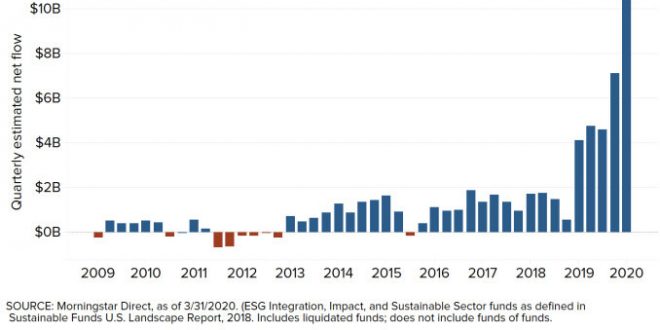In recent years, a new trend has been gaining momentum in the world of business and investment – impact investing. This innovative approach combines financial returns with a focus on making a positive social and environmental impact. Impact investors seek to support businesses and projects that address critical global challenges while generating sustainable profits.
- Redefining Success in Investing: Impact investing challenges the traditional notion that financial gains must come at the expense of societal and environmental well-being. It shifts the focus from purely financial metrics to a broader assessment that includes social and environmental performance.
- Identifying Impactful Sectors: Impact investing spans various sectors, from renewable energy and clean technology to education, healthcare, and poverty alleviation. Investors have a wide array of options to align their financial goals with positive societal outcomes.
- Measuring Social and Environmental Impact: Unlike conventional investments, impact investing requires a rigorous measurement of both financial returns and social impact. Metrics such as the number of lives improved, greenhouse gas emissions reduced, or educational outcomes enhanced become crucial factors in decision-making.
- Aligning with the United Nations Sustainable Development Goals (SDGs): Impact investing is closely linked to the UN SDGs, a set of 17 global goals aimed at ending poverty, protecting the planet, and ensuring prosperity for all. Investors often seek projects that contribute to achieving these ambitious targets.
- Impact Funds and Social Enterprises: The rise of impact investing has led to the emergence of specialized impact funds and social enterprises. These investment vehicles provide opportunities for individuals and institutions to channel their funds directly into impactful projects.
- Attracting Millennials and Conscious Investors: The millennial generation, in particular, is driving the demand for impact investing. Young investors increasingly seek to align their financial decisions with their values, and impact investing offers a meaningful way to do so.
- Blurring the Lines Between Charity and Investment: Impact investing bridges the gap between philanthropy and traditional investment. It allows investors to contribute to societal causes while earning returns on their capital, creating a sustainable cycle of positive change.
- Overcoming Challenges: Despite its rapid growth, impact investing faces challenges, including the need for standardized impact measurement methodologies, potential trade-offs between financial returns and impact, and raising awareness among mainstream investors.
- Mainstream Adoption and Future Prospects: The growing interest in sustainability and social responsibility indicates that impact investing is likely to become more mainstream in the future. As businesses integrate purpose-driven strategies, impact investing will play a pivotal role in shaping the investment landscape.
Impact investing represents a powerful shift in the world of finance, demonstrating that profitability and positive impact can go hand in hand. By directing capital towards projects that promote social and environmental good, impact investors can drive positive change on a global scale while achieving attractive financial returns. As the movement continues to gain momentum, impact investing is poised to become a fundamental driver of transformative change in the years to come.
 Blogmado Empower Your Wealth: Expert Insights for Success
Blogmado Empower Your Wealth: Expert Insights for Success



